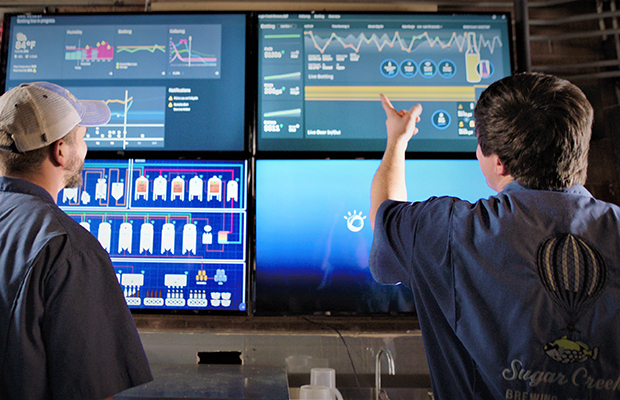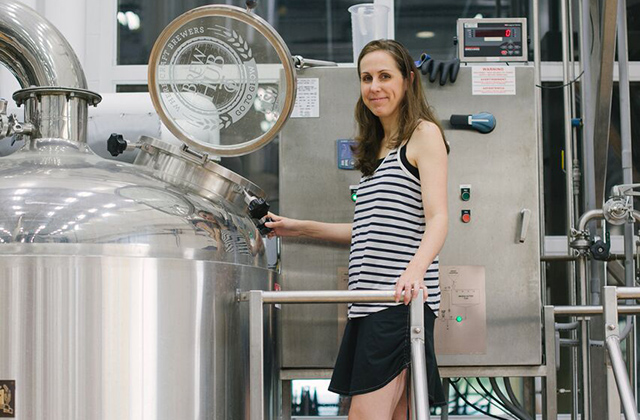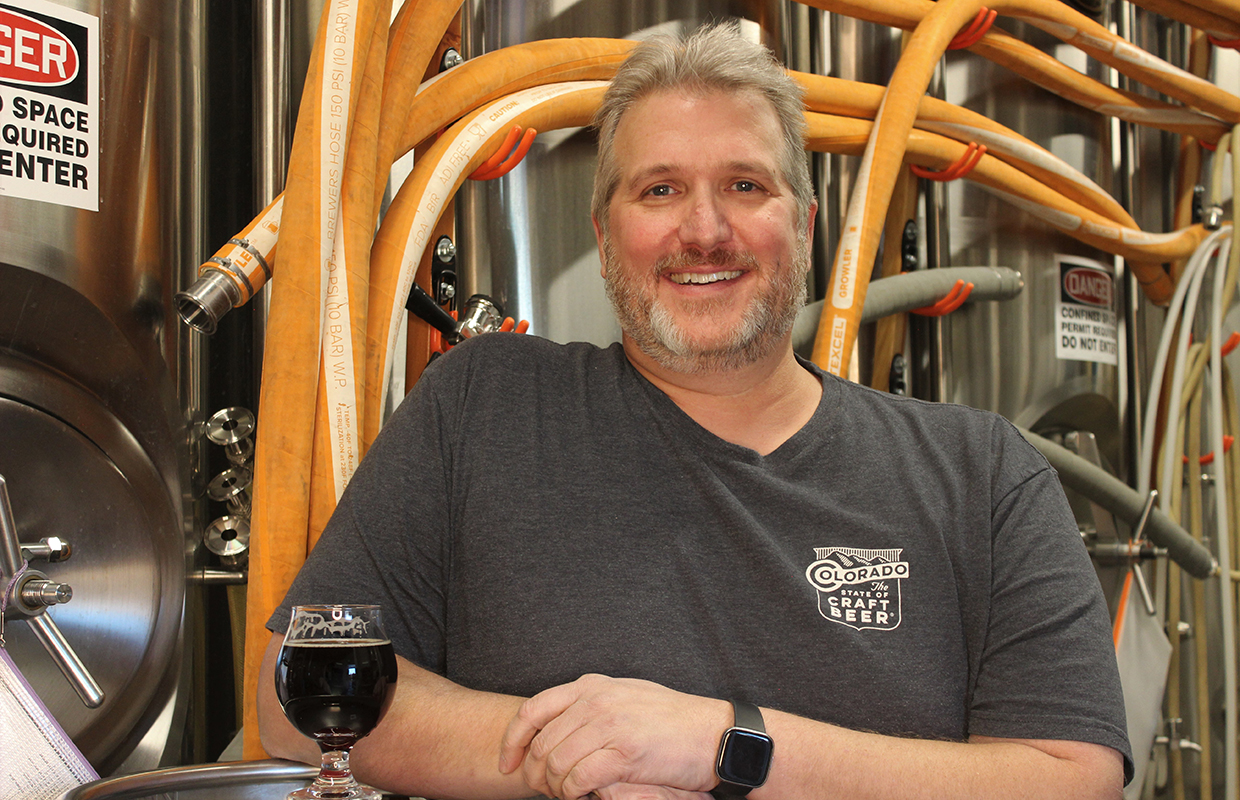
In an ongoing series, Brewer will take a small note from interviews of some of the Cover Stories stories it has run in print and give a small tidbit that didn’t make the issue but is still worth diving into. “Sugar Creek Mixes Tech Into The Brewing Process” appears in the September/October issue of Brewer.
Co-founders Joe Vogelbacher and Eric Flanigan discussed with Brewer the intention to release an IBM/Watson IoT beer called IPAi already for Sugar Creek Brewing, and the Charlotte brewery started its partnership with the tech company by using sensors to help solve multiple issues in the brewery’s bottling line.
Now, the brewery has shuttered the bottling line and has switched to cans, which opens up new solutions to create for the brewery’s inevitable canning issues as well. Vogelbacher spoke with Brewer both in March and August about ideas he hopes to continue to find answers to.
Cooperage
“One of the things that are one of the craziest things that you don’t think about as a small craft brewer is how much money you need for kegs,” he said. “It is berserk.”
Vogelbacher gave us a theoretical bar to imagine.
“I ship you one keg but you’re a good operator so you have a keg in your cold room too,” he said. “So you really want two, because you want one on draft one in your cold room, right? Well, we’ve got to have one in our cold room at least, but we’re a good operator so we’re going to have two as a backup. That’s four kegs to support your account.
“Now, you’re either cleaning or filling one all the time. So that means you got one being cleaned or one being filled. Okay, that’s five kegs. Now throw a distributor and they need to have two kegs at their place to feed you, that seven kegs for one account.”
Vogelbacher said that’s nearly $800 in stainless that his brewery needs to add one account.
“If you’re adding 30 accounts a month … per month … like we were when we first opened, that’s a lot of money,” he said. “So one of the biggest line items on our balance sheet is cooperage. Where is that cooperage at any given time? I don’t know. I don’t think there’s a great solution for knowing this.”
But Vogelbacher said IBM now has blockchain tracking.
“I’m not super familiar with all this, but we’re looking into it, to work with them on it, where each keg gets a unique RFID tracker. And then at each point of distribution, it will get scanned and you know where this thing is, at any given time.”
There are some solutions out there like this already, but Vogelbacher said he has never seen it integrated completely into the internet, where a brewery owner could outfit a retailer with a scale where kegs would sit and that would be IoT enabled.
“If you’re a self-distributing brewery, or even if you’re distributing brewery, you could know exactly how much beer you have in that keg at that market,” Vogelbacher said. “Before you get rotated off you could go by there and see when they have a quarter of a keg left or eighth of a keg left and say, hey, how did it go? Let’s re-up.”
Find the Best Hops & Malt Value
This idea is much more forward-thinking and a pipe dream at the moment, but Flanigan and Vogelbacher would love to be able to use AI parameters to find the best hops and malt at the best price and know it’s the best value because of the quality in the numbers.
“How many different factors influence the final quality of your beer,” Vogelbacher pondered. “I mean, it’s absolutely nuts. I went out today and smelled one of the tanks. And one of the tanks had a lot more onion character in it than usual.
Although the brewery was using the same hops it uses all the time for that batch of beer.
“And one hop bag — even though it’s the same type of hop … Mosaic actually — one batch smells like blueberries. Next, the next lot smells like onion,” Vogelbacher recalled.
“So it’s crazy to think that your recipe … I don’t know if brewers are looking at this kind of stuff, but you go from the later that you harvest to hop in certain varieties will indicate how much onion character you can get in the beer too.
“So I figured, oh, this is probably Late-harvest Mosaic. So we’ll call our supplier and say don’t send us any more of that lot number, send us the one that smells like blueberries, please. Not the onion one.”
This same principle can be relayed into AI so that ordering processes can be manipulated and bettered in the future.




Be the first to comment